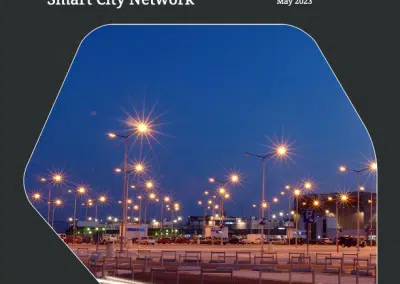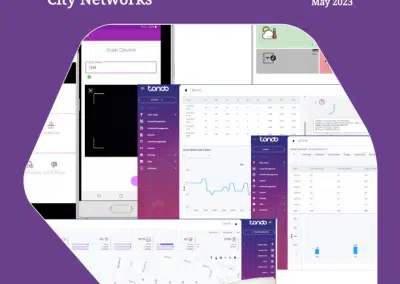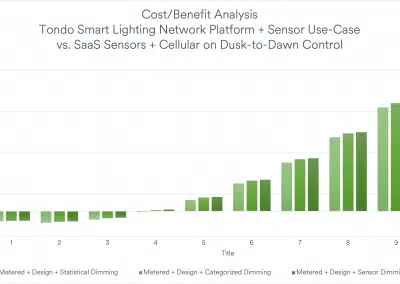This 2022 meta analysis is ideal for lighting designers and civic planners involved in railway and other forms of public transit stations, leaders and policy makers who wish to increase ridership for public transit. Many of the findings may appear obvious. However, for evidence-based decision-making, it may be important to reference peer-reviewed research such as can be found here.
Key Lighting-Related Findings
- Lighting in stations is found in several studies to be important for the perception of safety, including the car parking areas around the stations
- Excessive lighting in captured physical spaces such as platforms can increase fear for visibly transgender individuals who feel vulnerable to negative looks and comments from passersby
- Lighting can impact safety, for instance, by increasing visibility, reducing potential hiding places for perpetrators, and giving a more welcoming impression
- When perceived safety is not threatened, people can accept lower street lighting levels
- Women feel less safe than men, and younger women are more likely to feel unsafe than older women
- Evenly-distributed illumination is needed to counteract a fishbowl effect in which a person is being seen but cannot see others, which may reduce the feeling of safety
- Designing lighting to support the ability to assess threats and easily identify escape routes (prospect-threat theory) can significantly improve the feeling of safety for users
Cited works in this article that may be useful for lighting-related research include:
van Rijswijk, L., & Haans, A. (2018). Illuminating for Safety: Investigating the Role of Lighting Appraisals on the Perception of Safety in the Urban Environment. Environment and behavior, 50(8), 889–912 * (note: access may be restricted in some countries)
Boomsma, C., & Steg, L. (2014). Feeling safe in the dark: Examining the effect of entrapment, lighting levels, and gender on feelings of safety and lighting policy acceptability. Environment and Behavior, 46(2), 193–212. * (note: access may be restricted in some countries)
Johansson, M., Rosén, M., & Küller, R. (2011). Individual factors influencing the assessment of the outdoor lighting of an urban footpath. Lighting Research & Technology, 43(1), 31–43. * (note: access is restricted at this link and may be subject to a fee to access the entire paper)





